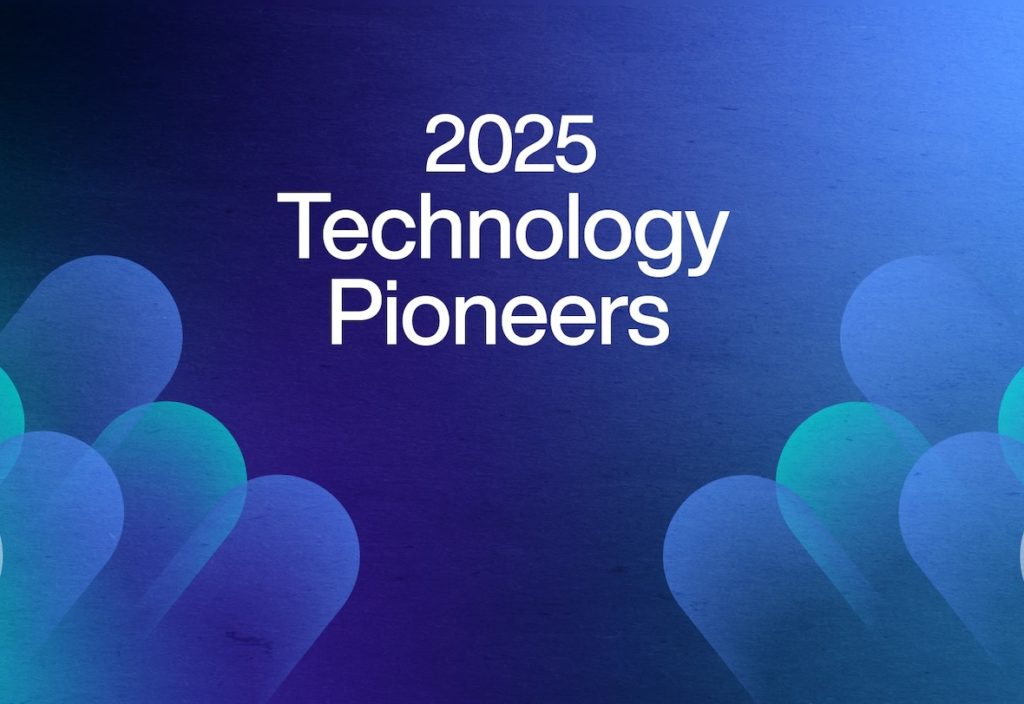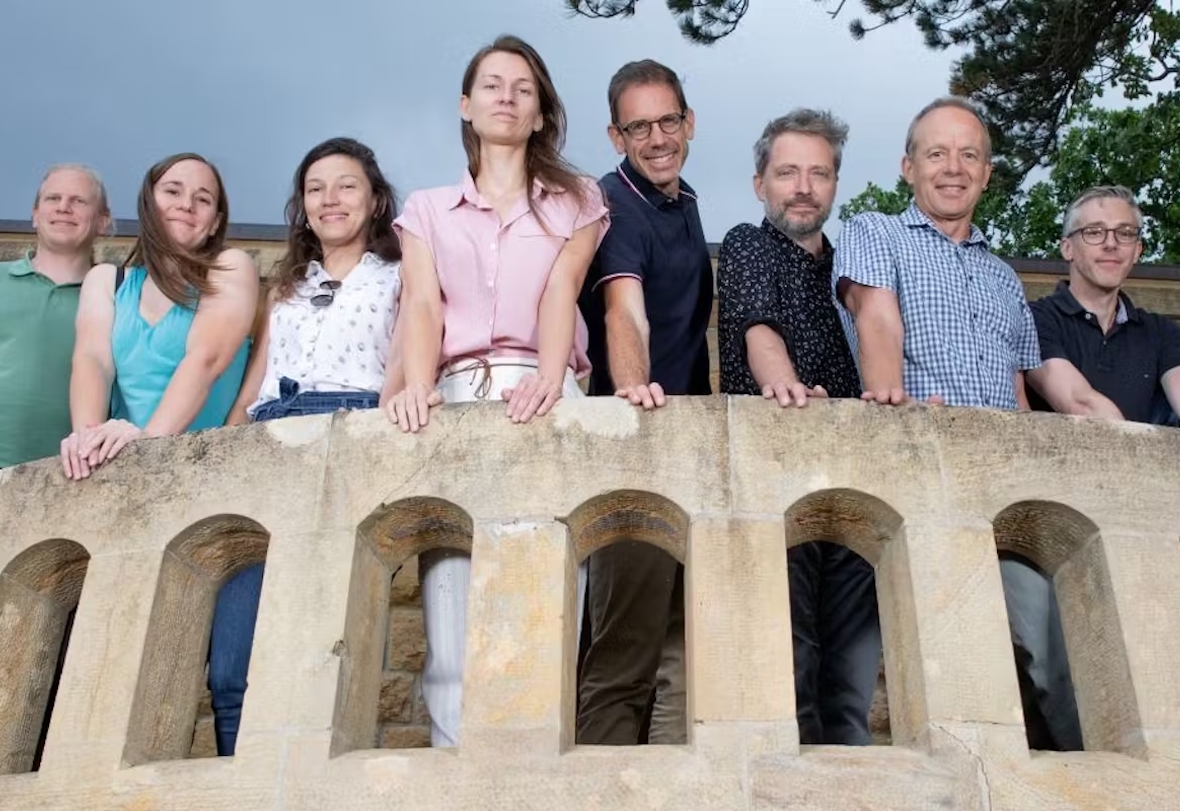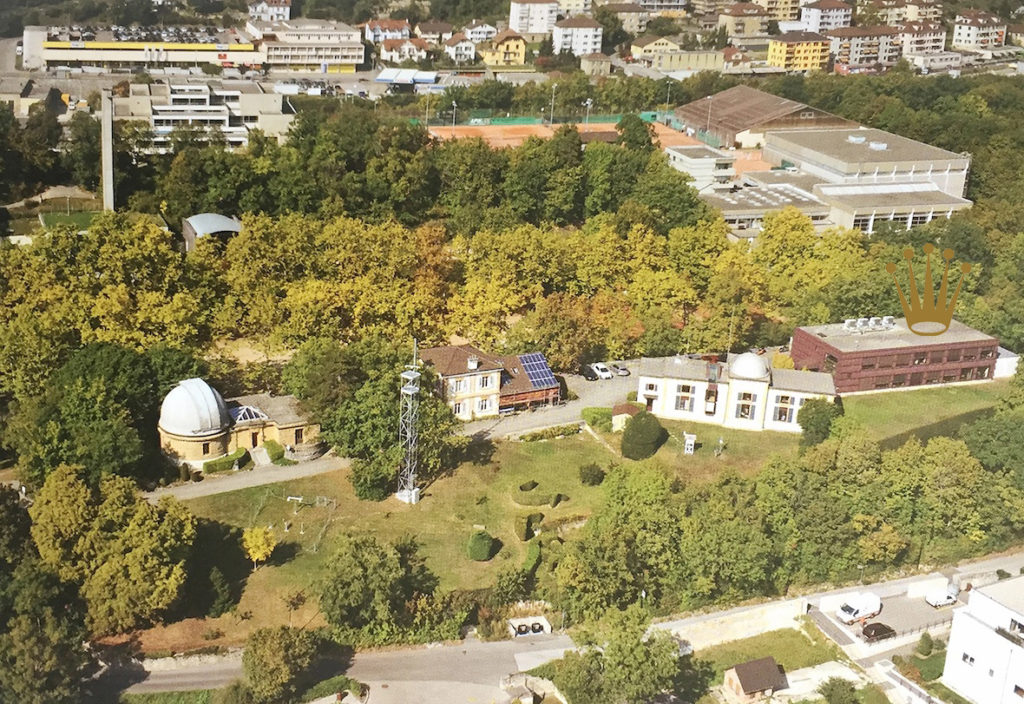
UNIGE and CSEM collaborate on exoplanet research with cutting-edge technology
23 January 2024
 Representatives from CSEM, UNIGE, and ESO on the balcony of the Neuchâtel. CSEM developed the laser frequency comb that will work together with the NIRPS spectrograph to search for exoplanets. | © CSEM
Representatives from CSEM, UNIGE, and ESO on the balcony of the Neuchâtel. CSEM developed the laser frequency comb that will work together with the NIRPS spectrograph to search for exoplanets. | © CSEM
The University of Geneva (UNIGE) and CSEM have joined forces in a groundbreaking endeavor to elevate exoplanet research. Their collaboration focuses on the Near Infra Red Planet Searcher (NIRPS) project, a sophisticated initiative aimed at decoding the secrets of distant worlds.
The NIRPS consortium, jointly managed by UNIGE’s Department of Astronomy and the University of Montreal, has received a substantial boost from CSEM‘s advanced laser frequency comb technology. Installed at the European Southern Observatory’s La Silla Observatory in Chile, this technology is set to unlock intricate details of telluric (Earth-like) exoplanets orbiting distant stars. This endeavor represents a significant leap in humanity’s quest to unravel the universe’s mysteries, including the possibility of discovering traces of extraterrestrial life.
CSEM’s laser frequency comb is a precise and stable light source that acts as a spectroscopic ruler, allowing for an unprecedented level of accuracy in measuring radial velocities of stars. This measurement is crucial in understanding the behavior and characteristics of Earth-like exoplanets. Christopher Bonzon, Manager for Laser Technologies at CSEM, highlights the technology’s superiority, explaining: “The frequency comb acts exactly like a ruler in the spectral domain, providing the NIRPS spectrograph a reference to match data over the years.”
A strong tradition in exoplanet research
The NIRPS project, an extension of the successful HARPS project, involves several international institutions and aims to equip the 3.6m telescope at ESO’s La Silla Observatory. Prof. François Bouchy, Co-Principal Investigator of the NIRPS consortium at UNIGE, expresses pride in collaborating with CSEM, emphasizing the essential role of their technology in achieving high performance and reliability for the NIRPS spectrograph.
UNIGE, founded in 1559, ranks among the top 1% of universities globally. It has a strong tradition in exoplanet research, evident from its role in the discovery of an exoplanet orbiting a solar-type star, which led to the 2019 Nobel Prize in Physics for Michel Mayor and Didier Queloz, members of the HARPS scientific team.

